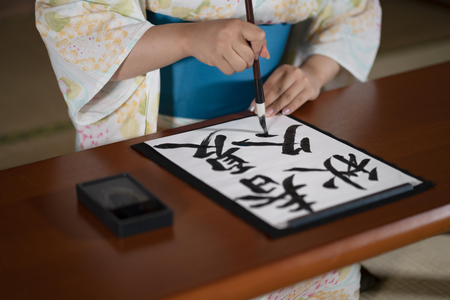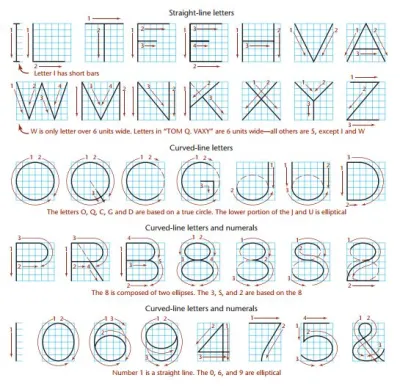Introduction
I created this article after reading several others. I used some words that are hard for me to pronounce, but I believe this knowledge can be helpful for me and many other readers. After all, the most important thing is our health.
Handwriting and drawing are more than just forms of communication or artistic expression; they are powerful cognitive tools that enhance brain function, memory, creativity, and focus. In a digital age dominated by keyboards and touchscreens, returning to manual techniques offers unique mental benefits supported by scientific research. This article explores the cognitive impact of handwriting and drawing, backed by credible sources, and explains why these practices are essential for mental development and well-being.
The Science Behind Handwriting and Brain Activation
Neural Pathways Activated by Handwriting
Handwriting engages multiple areas of the brain, including the motor cortex, visual cortex, and language centers. Studies using functional MRI scans show increased brain activity during handwriting compared to typing (James & Engelhardt, 2012).1
Handwriting and Memory Retention
Research by Mueller and Oppenheimer (2014)2 demonstrated that students who took notes by hand retained more information than those who typed, attributing this to deeper cognitive processing.
Drawing as a Cognitive Exercise
Enhancing Creativity and Problem-Solving
Drawing stimulates the brain’s right hemisphere, responsible for creativity and spatial awareness. Studies show that regular drawing improves problem-solving skills by encouraging non-linear thinking.
Drawing and Stress Reduction
Art therapy research highlights drawing as a method to reduce stress and anxiety, enhancing emotional well-being.
Handwriting vs. Typing: Cognitive Differences
Typing is often faster, but handwriting requires fine motor skills and cognitive effort, leading to better conceptual understanding and memory consolidation (Berninger et al., 2006)3.
Educational Benefits of Handwriting and Drawing
Impact on Children’s Development
Handwriting aids in developing motor skills, literacy, and comprehension in children (Dinehart, 2014)4. Drawing enhances spatial reasoning and visual-motor integration.
Benefits for Adults
Recent studies, such as Van der Weel and Van der Meer (2024)5, show that handwriting improves brain connectivity and may help slow cognitive decline. Handwriting combines motor activity, visual processing, and cognitive effort, similar to activities like puzzles or learning languages. Research highlights that regular handwriting can enhance brain structure, increase cognitive reserves, and reduce risks of dementia. Adding drawing or visual journaling offers even more benefits, including reduced stress, improved mood, and better memory retrieval. As technology grows, it’s essential to include handwriting in daily routines for long-term brain health. The connection between hand and mind is essential for cognitive function. In Zen philosophy, this balance is known as ‘Shuhari’ – the progression from learning the basics, to mastery, to effortless flow.
Technical Drawing as a Form of Zen

Technical lettering shares striking similarities with Japanese calligraphy (shodō). Both require precision, patience, and mindful practice. The standardized norms in technical drawing (such as ISO or ANSI) dictate exact proportions for letters, numbers, and lines, much like the precise brushstrokes in calligraphy. Engaging in technical drawing can feel meditative, fostering focus and calmness, akin to Zen practices. This fusion of art and discipline highlights how manual techniques like drawing can enhance mental clarity and cognitive well-being.

Handwriting, Technical Drawing, and 3D Visualization
Many people who practice technical drawing report an interesting phenomenon: the ability to visualize objects in 3D in their minds. This mental skill is likely developed through the repetitive process of creating precise drawings by hand. Research suggests that manual technical drawing enhances spatial reasoning, visual memory, and the brain’s capacity to manipulate objects mentally.
What’s Next for Handwriting and Drawing?
With increasing reliance on digital tools, further research is needed to understand the long-term cognitive effects of handwriting and drawing. Educators and psychologists advocate for integrating manual techniques into daily routines for cognitive benefits.
Conclusion
Handwriting and drawing are invaluable for brain health, enhancing memory, creativity, and emotional well-being. As we embrace technology, maintaining manual skills is essential for cognitive development and mental clarity. Handwriting and drawing are important for our mind – scientific studies show that they help develop thinking and creativity.
I wrote this article after going through very challenging texts, using words I don’t normally use, but I’ve drawn one important conclusion for the future …
People, grab your pencils!
Related Articles
From Leonardo to CAD: The Evolution of Technical Drawing
- https://www.researchgate.net/publication/235751286_The_effects_of_handwriting_experience_on_functional_brain_development_in_pre-literate_children ↩︎
- https://cpb-us-w2.wpmucdn.com/sites.udel.edu/dist/6/132/files/2010/11/Psychological-Science-2014-Mueller-0956797614524581-1u0h0yu.pdf ↩︎
- https://thebehaviorrevolution.com/wp-content/uploads/2022/09/Brain-research-shows-why-handwriting-should-be-taught-in-the-computer-age-James-Berninger.pdf ↩︎
- https://www.researchgate.net/publication/264763007_Handwriting_in_early_childhood_education_Current_research_and_future_implications ↩︎
- https://www.frontiersin.org/journals/psychology/articles/10.3389/fpsyg.2023.1219945/full ↩︎